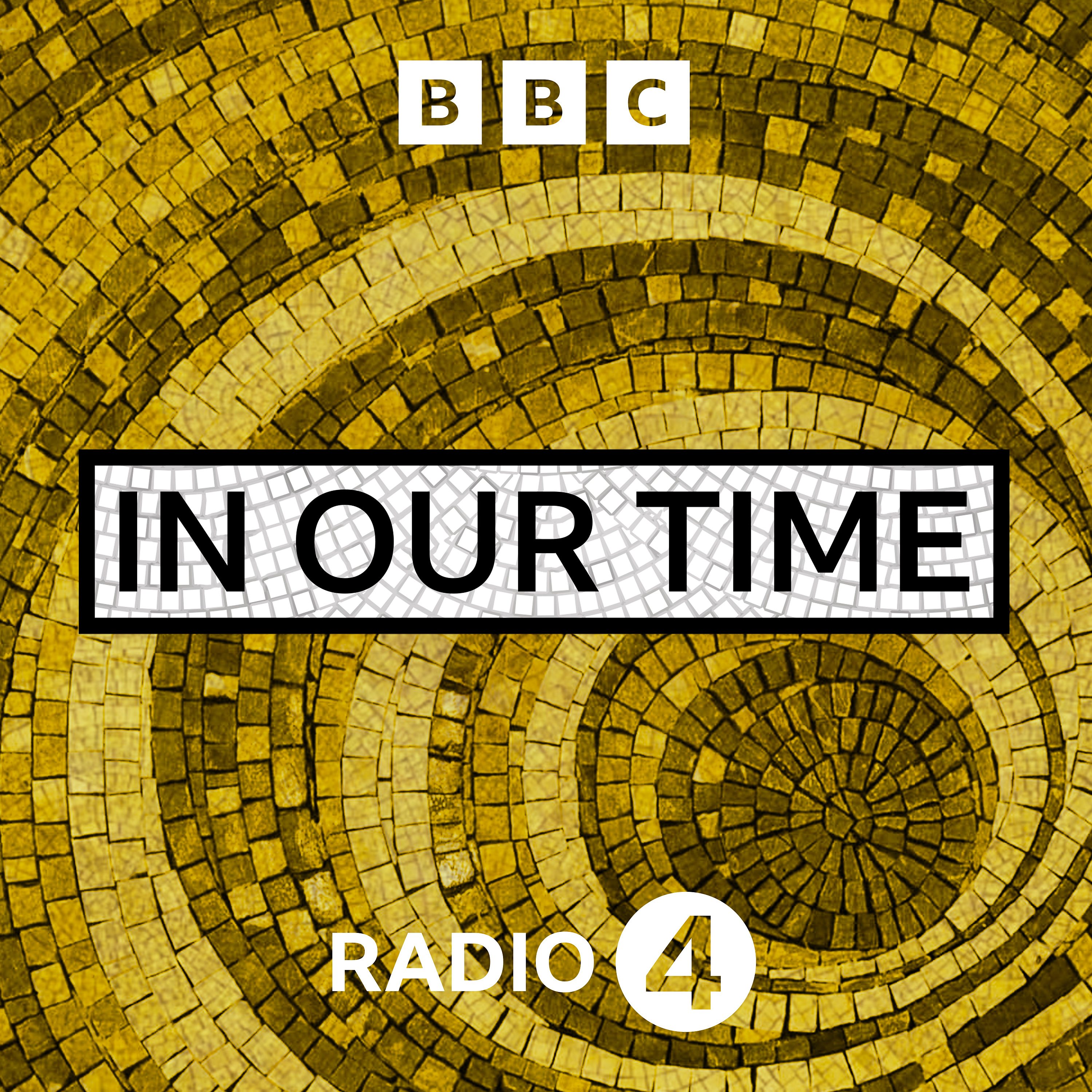
Deep Dive
Why are wormholes considered potential shortcuts in the universe?
Wormholes are considered potential shortcuts because they theoretically connect two distant points in space-time, allowing travel between them without having to cover the vast distances in the conventional sense. This concept arises from solutions to Einstein's equations of general relativity.
Why does the universe need to be folded back on itself for wormholes to exist?
For wormholes to exist, the universe must be folded back on itself in certain regions. This means space-time is bent in a way that creates a tunnel connecting two distant points. The folding is a result of the extreme warping of space-time by exotic matter required to keep the wormhole open.
Why are scientists testing whether wormholes could exist?
Scientists are testing the existence of wormholes to understand the fundamental laws of physics, particularly the relationship between gravity, quantum mechanics, and the structure of the universe. While wormholes themselves might not exist, the search can reveal important insights into the nature of matter and space-time.
Why is quantum mechanics crucial to the existence of wormholes?
Quantum mechanics is crucial because it allows for the existence of exotic matter with negative energy, which is necessary to keep wormholes open. Classical physics does not permit negative energy, but quantum mechanics does, within certain limits, making it a key component in theoretical models of wormholes.
Why are wormholes often compared to black holes in scientific discussions?
Wormholes are often compared to black holes because they both involve extreme warping of space-time and can have similar observational signatures. However, while black holes have event horizons that trap everything, wormholes theoretically allow passage through them to another location or universe.
Why do scientists remain skeptical about the existence of large-scale wormholes?
Scientists remain skeptical about large-scale wormholes because the exotic matter required to create and maintain them is not known to exist in the quantities needed. Additionally, while small, subatomic wormholes are theoretically possible, they are not useful for human travel. The practical and theoretical challenges are currently insurmountable.
Why is the study of wormholes important for physics and cosmology?
The study of wormholes is important because it challenges our understanding of gravity, quantum mechanics, and the topology of the universe. It helps explore the limits of what matter and energy can do, and it can lead to new insights and technologies, even if wormholes themselves are not feasible.
Why do computer simulations play a crucial role in wormhole research?
Computer simulations are crucial in wormhole research because they help solve the complex equations of general relativity and predict the observational signatures of wormholes. They allow scientists to explore the behavior and stability of different models of exotic matter, extending our theoretical understanding beyond what can be tested in a laboratory.
Why do wormholes and time travel into the past pose a paradox in physics?
Wormholes and time travel into the past pose a paradox because they could lead to causal loops, such as a person going back in time and preventing their own birth. This creates logical inconsistencies and challenges the current understanding of causality in physics, which is why many physicists believe time travel into the past should be impossible.
Why do some physicists believe in the possibility of multiple universes?
Some physicists believe in the possibility of multiple universes because of theories like inflationary cosmology, which suggest the universe is much larger than what we can observe. Additionally, speculative ideas propose that new universes could be born within black holes or through other exotic processes, though there is no direct evidence for these theories.
- The universe is about 14 billion years old.
- The observable universe is about 14 billion light-years across.
- A light-year is a vast distance.
Shownotes Transcript
Melvyn Bragg and guests discuss the tantalising idea that there are shortcuts between distant galaxies, somewhere out there in the universe. The idea emerged in the context of Einstein's theories and the challenge has been not so much to prove their unlikely existence as to show why they ought to be impossible. The universe would have to folded back on itself in places, and there would have to be something to make the wormholes and then to keep them open. But is there anywhere in the vast universe like that? Could there be holes that we or more advanced civilisations might travel through, from one galaxy to another and, if not, why not?
With
Toby Wiseman Professor of Theoretical Physics at Imperial College London
Katy Clough Senior Lecturer in Mathematics at Queen Mary, University of London
And
Andrew Pontzen Professor of Cosmology at Durham University
Producer: Simon Tillotson
Reading list:
Jim Al-Khalili, Black Holes, Wormholes and Time Machines (Taylor & Francis, 1999)
Andrew Pontzen, The Universe in a Box: Simulations and the Quest to Code the Cosmos (Riverhead Books, 2023)
Claudia de Rham, The Beauty of Falling: A Life in Pursuit of Gravity (Princeton University Press, 2024)
Carl Sagan, Contact (Simon and Schuster, 1985)
Kip Thorne, Black Holes & Time Warps: Einstein's Outrageous Legacy (W. W. Norton & Company, 1994)
Kip Thorne, Science of Interstellar (W. W. Norton & Company, 2014)
Matt Visser, Lorentzian Wormholes: From Einstein to Hawking (American Institute of Physics Melville, NY, 1996)
In Our Time is a BBC Studios Audio Production